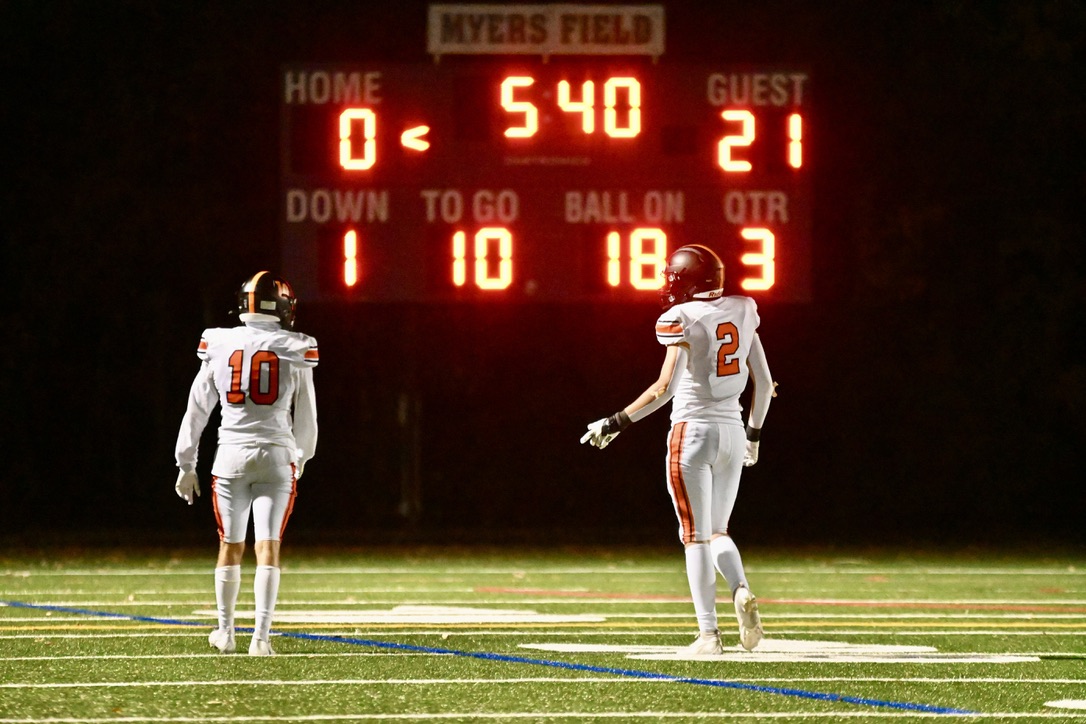
Last year there were three days a week that saved me from the stress of high school: Tuesdays, Thursdays and Fridays. What did these days all have in common? They were cookie days.
I would walk into the cafeteria after a long morning of exhausting classes, anxious to hop in the snack line. The line stretched 10, 20 even 30 kids back, but it didn’t matter. The alluring smell of warm cookies was enough to keep me glued to my spot.
Now I walk into the cafeteria only to find a dwindling snack bar line filled with joyless kids, deprived of the only things that got them through the day.
Was this the goal of the new Massachusetts nutrition policy? To keep students from eating foods that made them happy during the long, taxing school day?
I’m sure the founders of this new plan would claim that there are healthier foods that can replace these beloved cookies, such as salad, fruit and whole wheat bread.
Yet, when I walk into the cafeteria, I do not see plates filled with these healthy items. Instead, I see kids deciding not to eat lunch. They just wait to eat until they get home and can stuff themselves with whatever unhealthy food they have there.
In the real world, junk food filled with sugars and fats are all around us. We must use our own self-control to limit our intake of unhealthy food and maintain a balance with foods with nutritional value.
The second the school day ends and the second we graduate, we are free from the restraints of the cafeteria selections. And what will we do then? I know I’ll be making up for time lost during school hours by eating more cookies.































